Find ways to make your winter sustainable and eco-friendly for this December. Learn how to make sustainable fashion choices, cut down your energy consumption, and do not waste anything during holidays. From embracing energy-efficient heating to sustainable holiday decor and plant-based meals, this is the ultimate guide on how to keep warm, cozy, and festive this winter while minimizing your footprint on the environment. Whether you are preparing to throw an eco-friendly holiday party or just want some straightforward ways of cutting carbon this winter season, our tips will propel you to be the sustainability leader all through the winter. Wishing you a very merry yet mindful December!
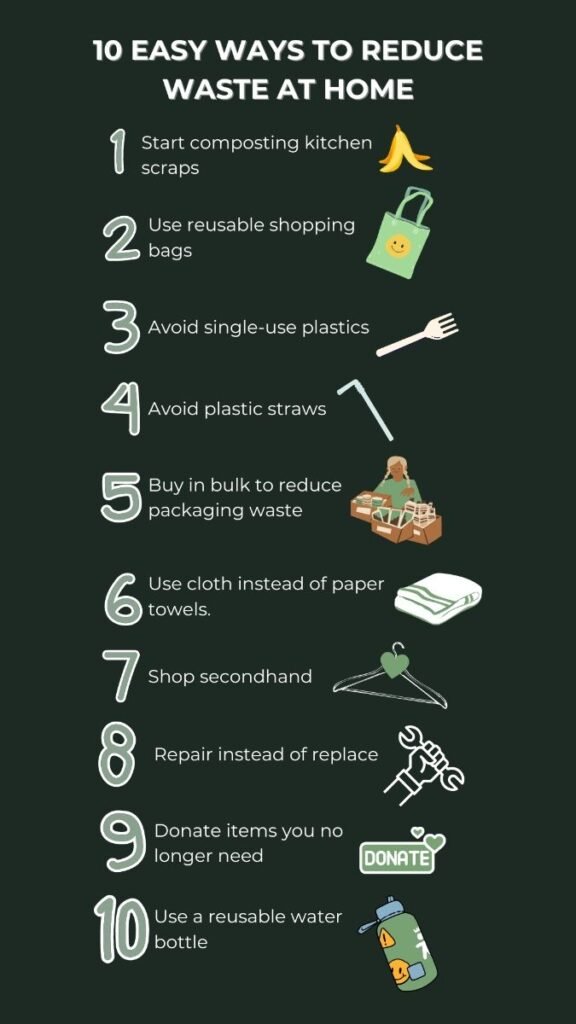
Eco-Friendly Tips for Sustainable December
As the cold winter months start to settle in, we feel that natural urge to turn cozy indoors, warm ourselves with comfort food, and just enjoy the season as a whole. However, in the midst of all this fun and play, we cannot forget to take care of mother earth, either. Winter is nice in its own merits but also poses its own challenge toward sustainability. From high energy consumption in the requirement of heating to holiday wastes, a person can make winter life ecological for him in many ways.
This blog will feature various sustainable tips that will ensure you are capable of having a cozy, warm, and most importantly, eco-conscious winter in December.
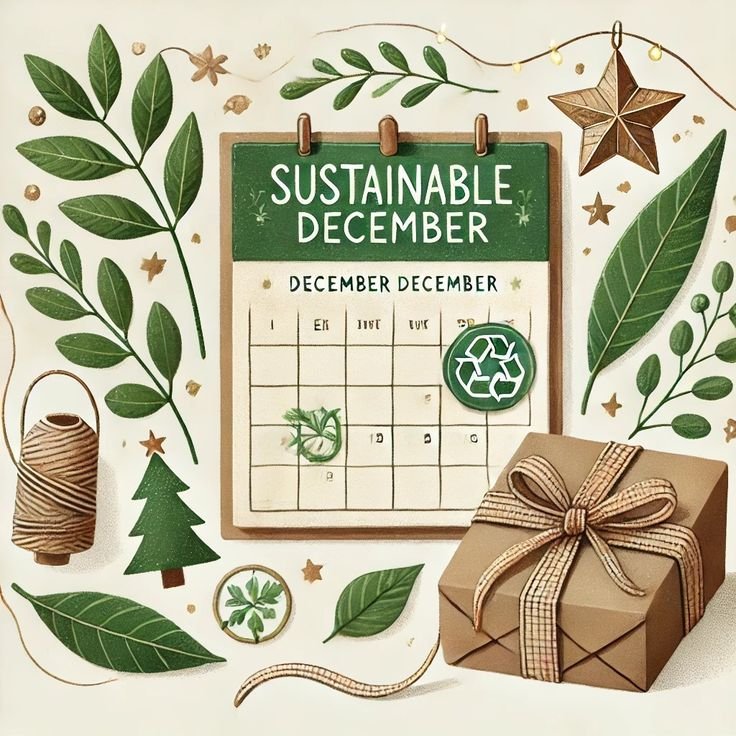
1. Reduced Energy Consumption at Home
The most significant part of the winters is energy used for heating. When the temperature begins to fall, our want to be warm tends to increase, but in most instances, it coincides with greater use of energy. The following are a few strategies for cutting back on usage ecologically:
Seal Drafts and Insulate Your House First, go about the house checking windows and door frames for leaks. That is where most of the heat will always escape out through those spaces, therefore hugely raising your heating bill. Weatherstripping and sealants may just be very effective to prevent that cold air from coming inside of sealing it up there. Ensure the house is highly insulated so that warm air stays long in it.
Consider programmable thermostats: Using them helps in adjusting temperature according to a particular routine of your daily schedule. You won’t have to heat the house knowing that no one is there, at some times. Dropping it by just a few degrees makes a big reduction in your energy consumption without having to make any compromise on the comfort level.
Layer up and use throw blankets: Rather than cranking the thermostat, layer up with sweaters, scarves, and thick socks. Throw a blanket on your couch and on your bed to stay warm without having to raise the indoor temperature.
Choose Energy-Efficient Heating Systems: If it is time to replace your heating system, choose more energy-efficient alternatives such as heat pumps, which consume less energy than traditional heating systems. Another efficient way of distributing warmth around your home is radiant floor heating.

2. Eco-Friendly Winter Clothing
Winter fashion usually involves purchasing heavier, bulkier clothing, but making conscious choices about your winter clothing can reduce your environmental footprint.
Use wool, organic cotton, and bamboo as natural fabrics. Wool is a good insulator; it warms without adding weight. It is a renewable resource. Do not use polyester and acrylic. These do not biodegrade; it takes ages to break them down.
Shop Second-hand or Vintage: Shop second-hand, but gently used, winter gear, instead of buying new winter clothes. Look through the second-hand store, thrift shops, or websites that are selling second-hand but gently used winter gear. That is budget-friendly too and lessens demand for more production of textiles- a very harmful environmental activity.
Quality over the quantitative scale, would love to buy every new item of that season has come; it is too tough to manage purchasing quality stuff that will last for a few winters over saving a few pennies on some low-quality stuff and soon-get-worn pieces.
Buy sustainable brands: Whenever one requires purchasing a new winter apparel, he should buy a brand which is putting efforts towards sustainability. Some of the sustainable brands use organic cotton and natural dyes in addition to ethical productions while ensuring that the impacts of the garments they manufacture may not leave on the environment.
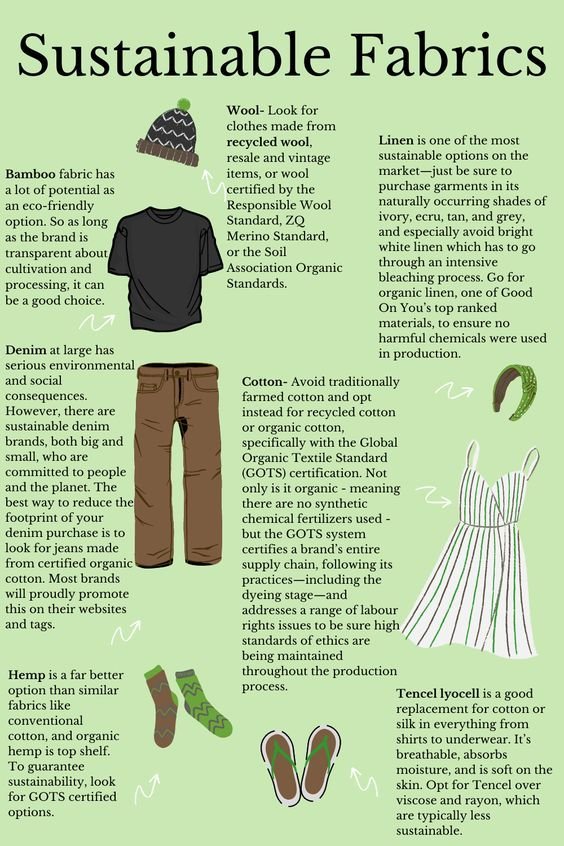
3. Sustainable Holiday Decorations
This is what December looks like in the house all decked out with holiday decorations. Be it string lights or ornaments, the festive spirit does its job by creating a spate of waste and increased energy consumption. Here’s how you can keep your decorations eco-friendly:
Use LED lights instead of usual bulbs: the consumption in LEDs will be lesser in comparison with the bulbs hence you shall save the more while the festive glow continues. And besides, it also is for the reason that the LED lights last pretty long; hence, changes may not have to frequently occur either.
Use the natural elements of pinecones, holly, dried oranges to create centerpieces. Start making ornaments at home by gathering old materials that have just been lying around, using materials and craft supplies you already have at home in order to make ornaments.
Use the wrapper several times and again and again so as not to reuse a cloth wrapper which would serve for several trips or, else, old paper or cloth to make a brand new bag. Small change indeed-to cut holiday time’s collective waste.
Eco Friendly Christmas Tree: If you’re celebrating Christmas with a tree then there is a potted version that can be taken outside and planted once the holidays are over, otherwise opt for an Eco Friendly Christmas Tree sourced sustainably and recycle it once it’s done. Or if you still want to have an artificial tree then choose one from recycled material and have planned to hold onto it for long.

4. Healthy Food Choices for Winter Gatherings
Winter celebrations often coincide with lavish meals and family gatherings. However, the volume of food preparation is staggering in terms of environmental impacts. Here’s how to minimize your carbon footprint, still have wonderful food, and spend quality time with friends and family.
Eat Locally and Seasonally Buy from local farmers and only buy what is available in season locally. The best part about fruits and vegetables is that most are readily available locally and at their peak season during winter months: root vegetables, winter squash, and citrus are excellent warming, healthy meals during winter.
Reduce Food Waste: When batch cooking, over-prepping should be avoided. Identify how leftovers can be used for the next days or frozen for future consumption. Whenever possible, food scraps should be sent to compost and avoided from landfills.
Consider adding some more plant-based foods to your winter dishes. Generally, plant-based foods use fewer resources and emit less greenhouse gas than animal-based products. A hearty vegetable stew or lentil-based dish can be just as satisfying as the old-fashioned meat-based meal.
Minimize Single-Use Plastics: Reduce usage of disposable plastic plates, cups, and utensils at parties. Instead use reusable plates or if that’s not possible, dispose using biodegradable and compostable products.

5. Green Transportation in Winter
Traveling during winter, whether going to visit family for the holidays or just running errands around town, can have a really big impact on the environment. Here’s how to travel more sustainably during the colder months:
Use public transport or carpool: Try to make as much use of public transport as possible to reduce the carbon footprint. If public transport is not available, try to carpool with friends or family members to reduce the number of vehicles on the roads.
Drive Wisely: If you really need to drive, ensure that your car is well maintained because that is the best way to improve fuel consumption. Your tires must be well-inflated, and you change oil regularly and avoid carrying superfluous weight in the car so that you would have the right consumption of fuel.
Change to an electric or hybrid car when the need is there for changing the car; they consume much lesser energy and lesser carbon compared with the traditional gas-guzzling automobiles.
Winterize Your Bike or Walk: If one prefers to walk or cycle to small distances, then no other thing can come in the way to keep the excitement of being an environmental one at bay. One might choose biking through snow tyres for one safe travel in the time of fall.

6. An Environment Friendly Holiday Gift
Mostly, it has given up to gifting. So, the concept cannot be viewed as the same overconsumption and wastage. Gift experiences rather than things. Give admission to a concert ticket or massage. Or a spa treatment and cooking class ticket. In this way, on each count, experiences turn out to be more memorable as longer ones rather than wastage in the process.
Buy sustainable, and ethical brands. If the giver insists on material gifts, these must be purchased from ethical brands. Purchase from producers who source materials in ethical ways, produce things from a position of ethics, and make recyclable or recycle products packaging.
Handmade and Personalized Gift: That is probably the most valuable gift of all. Hand-knitted scarves or goodies baked in a home oven, personalized photo albums for you- these things make one think and usually are without much packaging waste.

7. Minimalist Winter
Minimalism this winter. Qualify over a quantity, just reduce this clutter, by proper care while taking things to your abode. In terms of this aspect of mind in terms of a minimalist: it decreases wastefulness, creates thought-provoking for consumerism, focusing attention to what matters over the course of the season.

Conclusion
Here are a few sustainable living tips you can start practicing this winter to ensure you have a fabulous, snuggly, and jingling December with as little compromise on what’s needed by the earth as possible. This ranges from conserving usage and energy to eco-fashion trends and embracing holiday habits to sustain all winter long for a difference in the sum of little things that may make the planet thrive for a longer period. Cheers to a greener and more conscious wintertime!











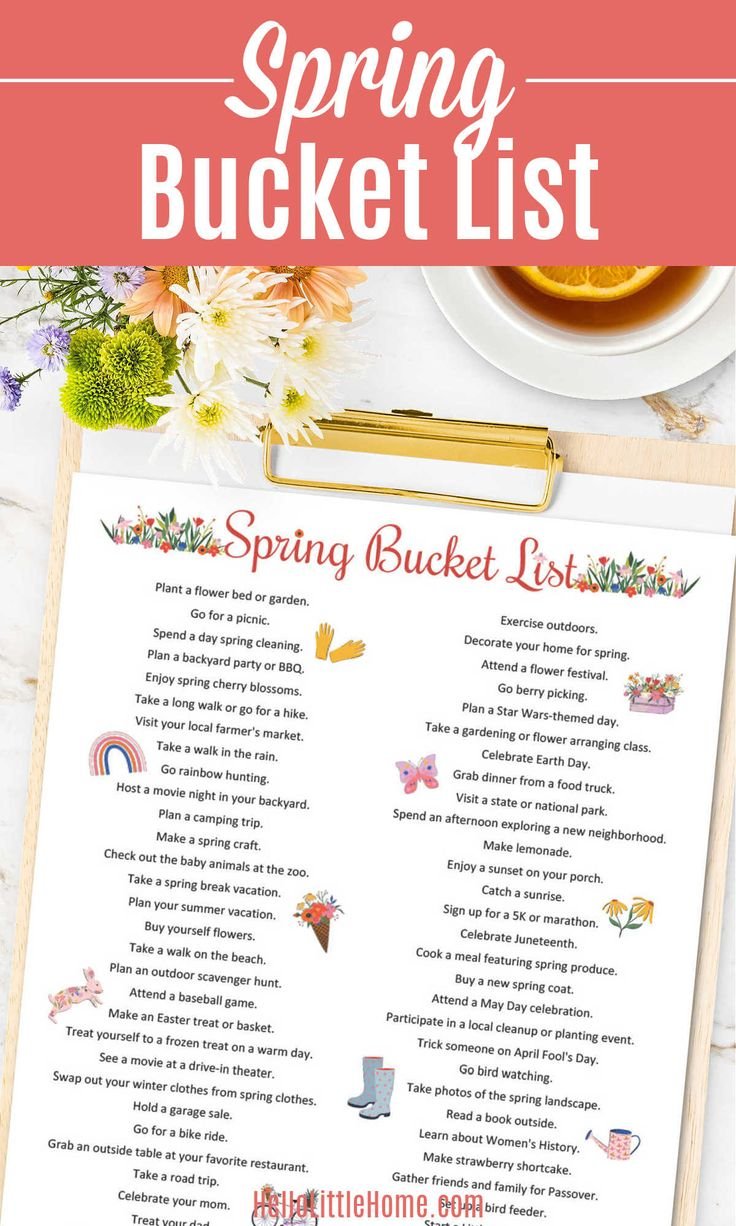










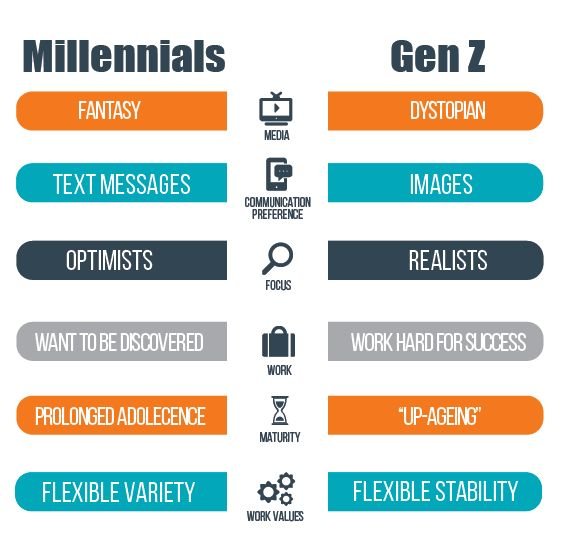

+ There are no comments
Add yours